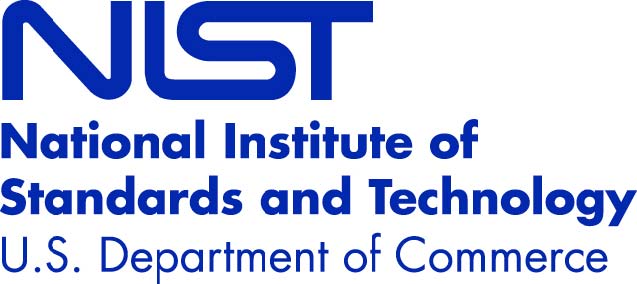Available Standards (16)
Showing standards 1 - 16

Cloud Computing Service Metrics Description
This document proposes a framework that identifies and characterizes the information and relationships needed to describe and measure properties of cloud services that are repre..
DISCUSSION GROUPS
Cloud and Edge Computing

Exoskeletons and Exosuits Research and Standard Test Methods
Report points to ASTM Committee F48 Exoskeletons and Exosuits; ISO TC 299 Robotics; and IEEE Wearable Robots..
DISCUSSION GROUPS
Robotics and autonomous systems

Industrial Ontology Foundry (Core)
The IOF-s mission is to create a suite of ontologies intended to support digital manufacturing by facilitating cross-system integration both within the factory and across an ent..
DISCUSSION GROUPS
Ontologies

Manufacturing /Robotics in manufacturing; COLLABORATIVE ROBOTS
Provides an Overview on Projects and Programs on COLLABORATIVE ROBOTS..
DISCUSSION GROUPS
Robotics and autonomous systems

NIST Big Data Interoperability Framework: Volume 1, Definitions
Big Data is a term used to describe the large amount of data in the networked, digitized, sensor-laden, information-driven world...
DISCUSSION GROUPS
Big Data & Open data

NIST Big Data Interoperability Framework: Volume 2, Big Data Taxonomies [Version 2]
Big Data is a term used to describe the large amount of data in the networked, digitized, sensor- laden, information-driven world...
DISCUSSION GROUPS
Big Data & Open data

NIST Big Data Interoperability Framework: Volume 3, Use Cases and General Requirements
Big Data is a term used to describe the large amount of data in the networked, digitized, sensor-laden, information-driven world...
DISCUSSION GROUPS
Big Data & Open data

NIST Big Data Interoperability Framework: Volume 4, Security and Privacy Version 3
Big Data is a term used to describe the large amount of data in the networked, digitized, sensor-laden, information-driven world...
DISCUSSION GROUPS
Big Data & Open data

NIST Big Data Interoperability Framework: Volume 5, Architectures White Paper Survey
Big Data is a term used to describe the large amount of data in the networked, digitized, sensor-laden, information-driven world...
DISCUSSION GROUPS
Big Data & Open data

NIST Big Data Interoperability Framework: Volume 6, Big Data Reference Architecture
Big Data is a term used to describe the large amount of data in the networked, digitized, sensor-laden, information-driven world...
DISCUSSION GROUPS
Big Data & Open data

NIST Big Data Interoperability Framework: Volume 7, Big Data Standards Roadmap [Version 2]
Big Data is a term used to describe the large amount of data in the networked, digitized, sensor- laden, information-driven world...
DISCUSSION GROUPS
Big Data & Open data

NIST Big Data Interoperability Framework: Volume 8, Reference Architecture Interfaces
This document summarizes interfaces that are instrumental for the interaction with Clouds, Containers, and High Performance Computing (HPC) systems to manage virtual clusters to..
DISCUSSION GROUPS
Big Data & Open data

NIST Big Data Interoperability Framework: Volume 9, Adoption and Modernization
The potential for organizations to capture value from Big Data improves every day as the pace of the Big Data revolution continues to increase, but the level of value captured b..
DISCUSSION GROUPS
Big Data & Open data

NIST Cloud Computing Security Reference Architecture
The purpose of this document is to define a NIST Cloud Computing Security Reference Architecture (NCC-SRA)--a framework that: i) identifies a core set of Security Components tha..
DISCUSSION GROUPS
Cloud and Edge Computing, Cybersecurity/Network and Information security

Open Assembly Model
The objective of the paper is to show how the OAM can be used to realize seamless integration of product information, with an emphasis on assembly, throughout all phases of a pr..
DISCUSSION GROUPS
Ontologies

Security and Privacy Controls for Federal Information Systems and Organizations
This publication provides a catalog of security and privacy controls for federal information systems and organizations and a process for selecting controls to protect organizati..
DISCUSSION GROUPS
Cloud and Edge Computing, Cybersecurity/Network and Information security